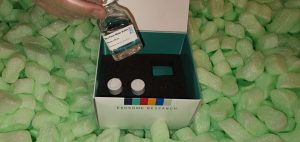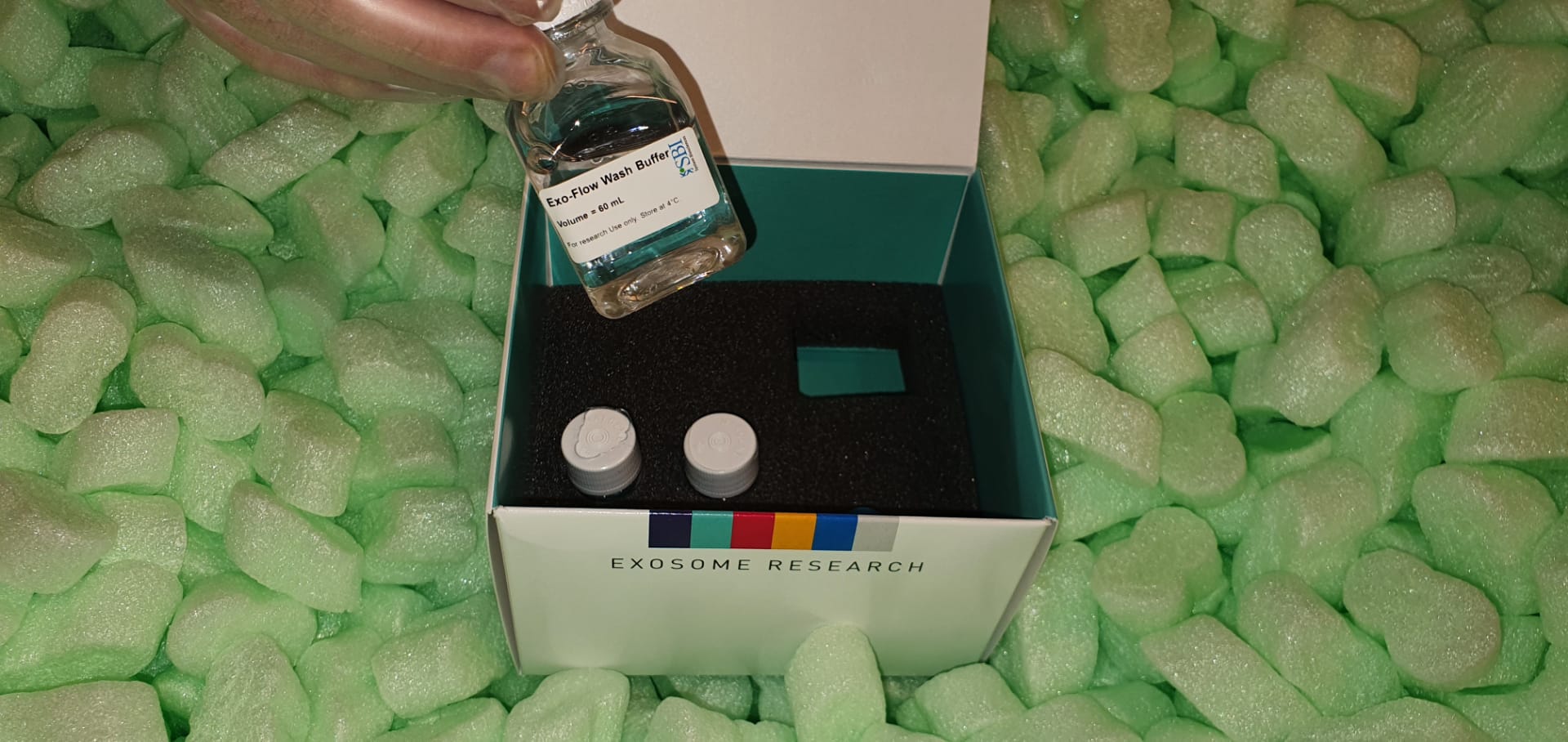The present CoVid-19 disaster is revealing the strengths and the weaknesses of the world’s capability to reply to a worldwide well being disaster. A crucial weak spot has resulted from the extreme centralization of the present biomanufacturing capacities, a matter of nice concern, if not a supply of nationalistic tensions. On the constructive facet, scientific knowledge and knowledge have been shared at an unprecedented pace fuelled by the preprint phenomena, and this has significantly strengthened our skill to develop new technology-based options. In this work, we discover how, in a context of fast alternate of scientific info, plant biofactories can function a fast and simply adaptable answer for native manufacturing of bioreagents, extra particularly recombinant antibodies.
For this objective, we examined our skill to provide, in the framework of an tutorial lab and in a matter of weeks, milligram quantities of six totally different recombinant monoclonal antibodies in opposition to SARS-CoV-2 in Nicotiana benthamiana. For the design of the antibodies, we took benefit, amongst different knowledge sources, of the DNA sequence info made quickly available by different teams in preprint publications. mAbs have been engineered as single-chain fragments fused to a human gamma Fc and transiently expressed utilizing a viral vector. In parallel, we additionally produced the recombinant SARS-CoV-2 N protein and the receptor binding area (RBD) of the Spike protein in planta and used them to check the binding specificity of the recombinant mAbs.
Finally, for two of the antibodies, we assayed a easy scale-up manufacturing protocol based mostly on the extraction of apoplastic fluid. Our outcomes point out that gram quantities of anti-SARS-CoV-2 antibodies could possibly be simply produced in little greater than 6 weeks in repurposed greenhouses with little infrastructure necessities utilizing N. benthamiana as manufacturing platform. Similar procedures could possibly be simply deployed to provide diagnostic reagents and, finally, could possibly be tailored for fast therapeutic responses.
To determine tutorial elements pertaining to varsity college students, calendar timing, and explicit moments which are uniquely related to elevated probability of prescription stimulant misuse (intentions and precise conduct) in each day life. Participants have been 297 freshmen and sophomores at a big public college in the United States in 2017-2019. Participants accomplished survey measures throughout lab visits and ecological momentary evaluation procedures in each day life.
Hypotheses have been examined utilizing multilevel fashions that accounted for the nested knowledge and demographic covariates. Student, calendar-based, and momentary tutorial elements have been uniquely related to stimulant misuse intentions in each day life. Real-time tutorial occasions, past the proportion of tutorial occasions skilled, emerged as a strong predictor of misuse conduct. Within-person hyperlinks between real-time momentary predictors and misuse conduct have been moderated by finals week timing. Findings provide implications for prevention and intervention methods for faculty college students in danger for prescription drug misuse.
Bringing Real-World Microbiology Experiences to Undergraduate Students in Resource-Limited Environments
Undergraduate microbiology curriculum must be amenable to periodic modifications to include new developments and concepts. The curriculum must be used not merely as a strategy to disseminate information but additionally as a strategy to permit college students to expertise the method of science. In the context of undergraduate microbiology training in Osmania University (Hyderabad, India), current curriculum doesn’t explicitly permit college students to interact in deeper understanding of ideas and understanding of the method of science, each in lecture and laboratory programs.
The evaluation strategies which are at the moment used are restricted in scope as they solely take a look at factual recall and superficial understanding of the topic and really minimally assess crucial pondering abilities. Another issue hampering innovation in the broader context of undergraduate training is the unavailability and inaccessibility to enough sources. To handle the difficulty of resource-limitations in implementing actions that expose undergraduate college students to real-world microbiology experiences, a collaboration between a analysis institute and two educating faculties was fashioned.
This collaboration concerned trainer and scholar workshops on exploring microbial range utilizing 16S rRNA evaluation with a view of mixing novel analysis questions with technical abilities in the undergraduate microbiology lab. This effort is an instance of educators offering college students with genuine experiences and, serving to them achieve crucial data and analysis abilities in microbiology even beneath useful resource constraints, and college students demonstrating motivation to take part in related actions in the long run. The collaborative effort described right here is usually a broadly sustainable mannequin to enhance general undergraduate training in comparatively resource-limited environments.

Integrating STEM in elementary lecture rooms utilizing model-eliciting actions: responsive skilled improvement for arithmetic coaches and lecturers.
This analysis highlights a school-university collaboration to pilot an expert improvement framework for integrating STEM in Okay-6 arithmetic lecture rooms in a mid-Atlantic suburban faculty division. Because arithmetic inside STEM integration is commonly characterised because the calculations or the information representations in science lecture rooms, know-how labs, or outside-of-school packages, growing a cheap and real looking conceptualization of STEM integration for arithmetic lecturers and coaches could also be particularly difficult.
Using design-based implementation analysis, college facilitators labored with eight arithmetic lecturers and coaches to assemble an accessible imaginative and prescient of STEM integration constructed upon the design options of model-eliciting actions (MEAs). The analysis group strategized a versatile and fluid skilled improvement that may (1) situate contributors’ breadth of experiences on a STEM curriculum integration continuum; (2) elicit a brand new imaginative and prescient of STEM integration by way of open-ended arithmetic issues with client-driven, real-life contexts; and (3) concentrate on making arithmetic content material specific.
[Linking template=”default” type=”products” search=”Chicken Immunofluorescence Detection Kit” header=”2″ limit=”122″ start=”4″ showCatalogNumber=”true” showSize=”true” showSupplier=”true” showPrice=”true” showDescription=”true” showAdditionalInformation=”true” showImage=”true” showSchemaMarkup=”true” imageWidth=”” imageHeight=””]
Qualitative evaluation of participant discussions and written reflections from a four-day summer season institute signifies that the each day tailoring of the skilled improvement design supported an evolving participant envisioning of STEM integration. Opportunities to interact with MEAs as learners, distinction MEAs with problem-based studying and draw from MEA design options to change current curricular duties allowed contributors to assume extra broadly about arithmetic content material inside STEM integration. Participants communicated a readiness to make use of MEAs as a car for Okay-6 STEM integration which maintains an necessary grounding in the educating realities of grade-level requirements and standardized take a look at preparation.
They additionally acknowledged the necessity for ongoing help as they thought of the challenges of curricular pacing and administrative expectation.The researchers continued to help the varsity division throughout month-to-month tutorial-year skilled improvement classes because the lecturers and coaches created and enacted prototype classes. Their shared funding in constructing STEM integration capability with a selected concentrate on arithmetic content material can provide a mannequin for STEM integration utilizing MEAs that challenges one-size-fits-all skilled improvement, encourages STEM tutorial management, and promotes mathematical readiness for STEM citizenship and careers.

